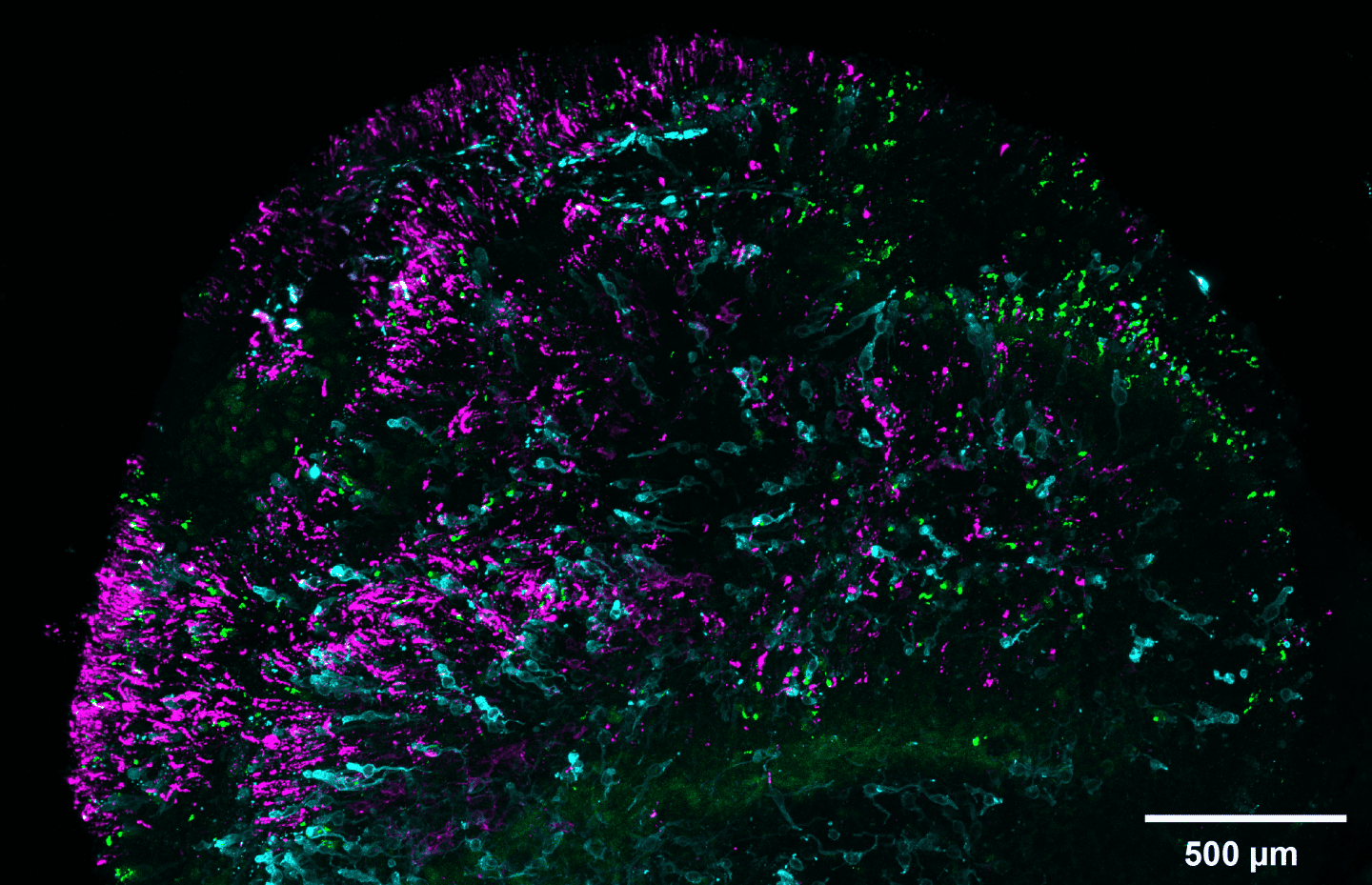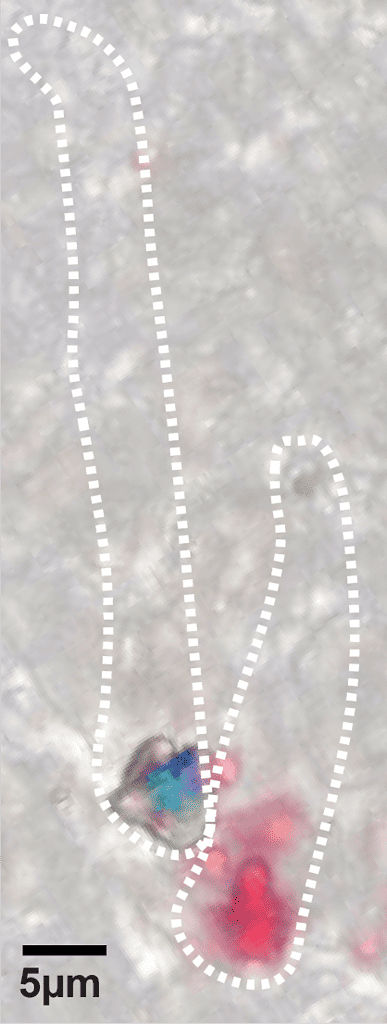
Most mammals, like dogs, horses, and mice, rely predominantly on their sense of smell. Their eyes, often positioned on the sides of their heads, grant a wide field of vision but at the cost of precise depth perception and poor sight at a distance.
Predators generally have more forward-facing eyes, but unlike even these animals, humans, apes, and monkeys exhibit a peculiar trait: truly forward-facing eyes, with a large area of visual overlap, offering enhanced visual acuity. In fact, humans have some of the best vision in the animal kingdom, which may partly explain why we’re such a successful species.
A 2018 study that compared visual acuity for roughly 600 species of insects, birds, mammals, fish, and other animals found human vision to be an outlier. Human eyesight is roughly 7 times sharper than a cat’s, 40 to 60 times sharper than a rat’s or a goldfish’s, and hundreds of times sharper than a fly or a mosquito’s vision.
That’s not all. Humans one up most other mammals in color vision too. The human eye can see millions of colors, a much wider color palette than dogs, for instance. According to a new study, this trait is owed to specialized eye cells whose development is directed by retinoic acid, a derivative of vitamin A. This finding contradicts the long-held belief that thyroid hormones control this process.
The Role of Vitamin A and Retinoic Acid in Human Color Vision
Old World monkeys and apes, including humans, have evolved trichromacy: the ability to perceive red, green, and blue colors. These independent color channels are derived from three distinct types of cone cells in the eyes. In contrast, dogs have only two color channels for blue and yellow, making them red-green color blind (but not entirely color blind; that’s a myth).
This trait arose from a gene duplication event, resulting in three distinct genes, each coding for a photoreceptor sensitive to different light wavelengths: blue (short wavelengths), green (medium wavelengths), and red (long wavelengths). The genetic code that instructs the retina to make these color-sensing cells was thought to be mediated by certain hormones produced in the thyroid. Not so, says Robert Johnston, an associate professor of biology at Johns Hopkins University.

Johnston and colleagues grew human retinas in a petri dish. They discovered that the levels of retinoic acid during early development are crucial for the development and differentiation of cone cells. High levels lead to a predominance of green cones, while lower levels result in more red cones.
“These retinal organoids allowed us for the first time to study this very human-specific trait,” Johnston said in a press release. “It’s a huge question about what makes us human, what makes us different.”
Additionally, the researchers mapped the red and green cone ratios in 700 adult human retinas, revealing surprising variations that do not affect visual acuity. In other words, people with normal vision will see colors slightly different from each other. If the same ratios were to apply to the cells that determine the length of a human arm, we’d see “amazingly different” arm lengths, Johnston said.
This research opens up new possibilities for understanding human vision, as well as color blindness, age-related vision loss, and other health conditions affecting vision.
“The future hope is to help people with these vision problems,” Johnston said. “It’s going to be a little while before that happens, but just knowing that we can make these different cell types is very, very promising.”
The findings appeared in the journal PLOS Biology.









